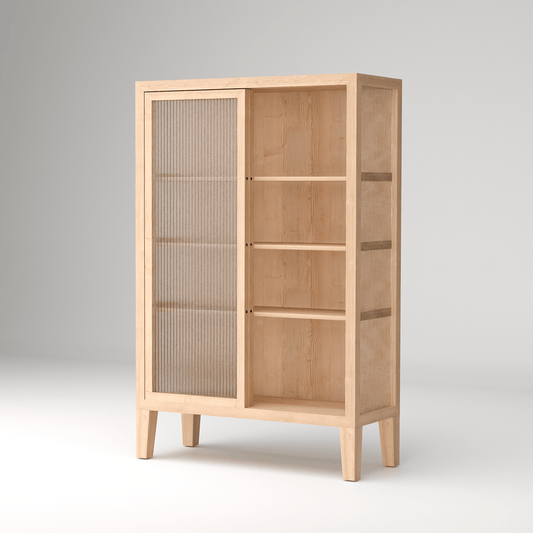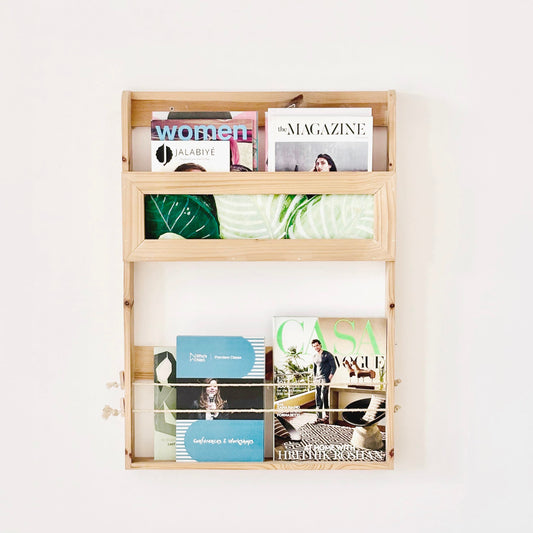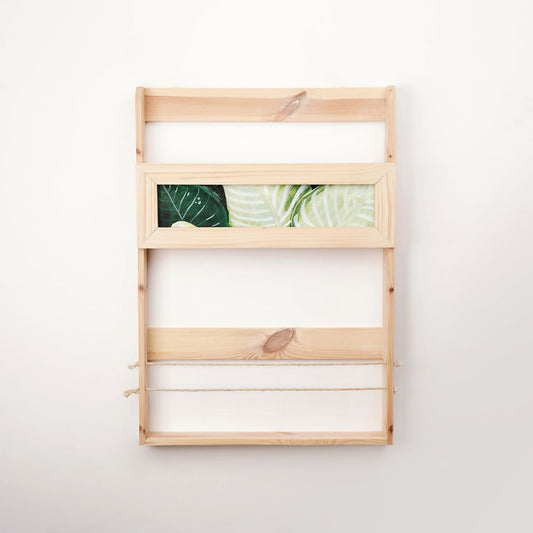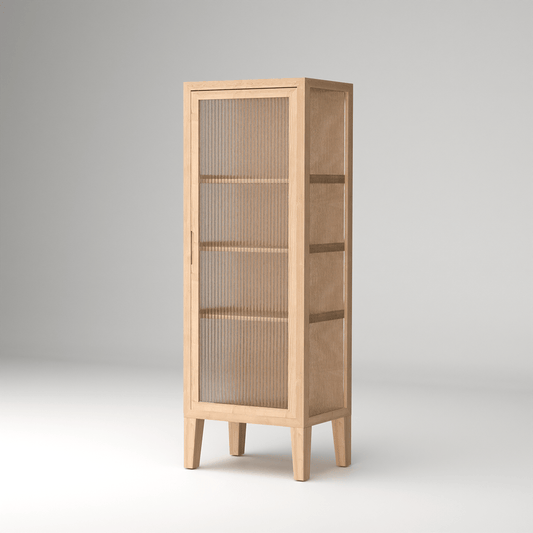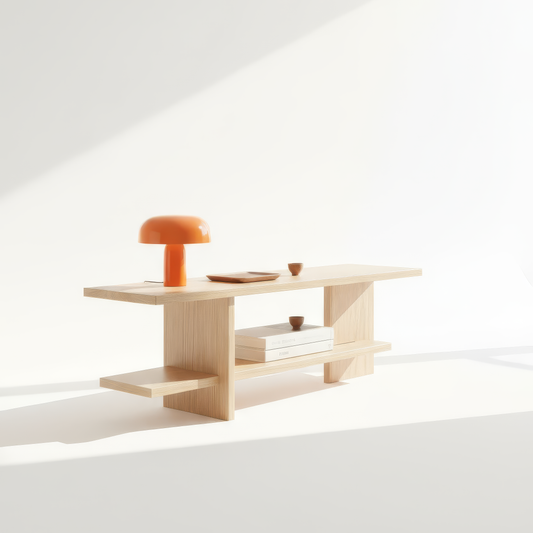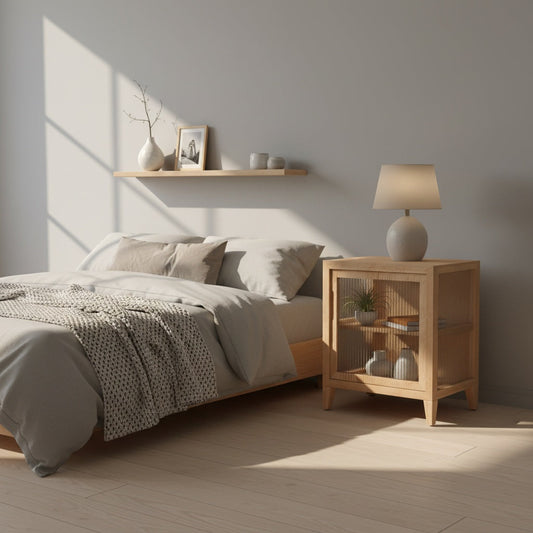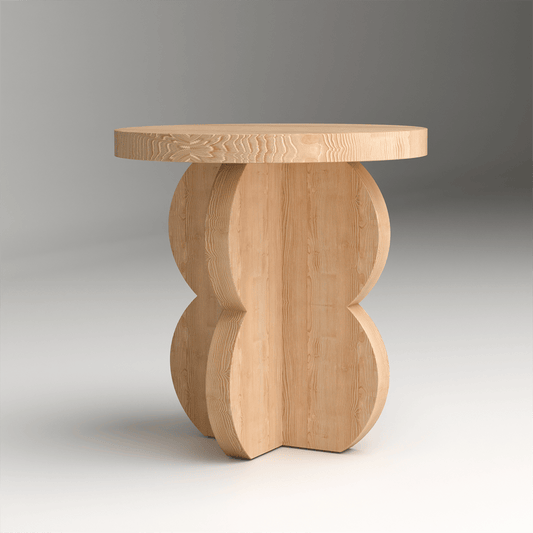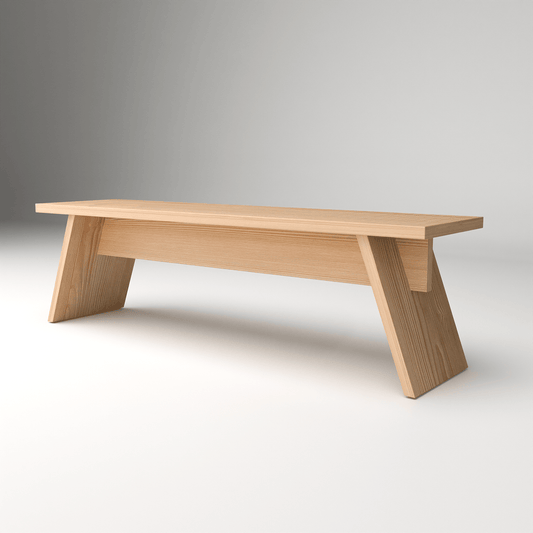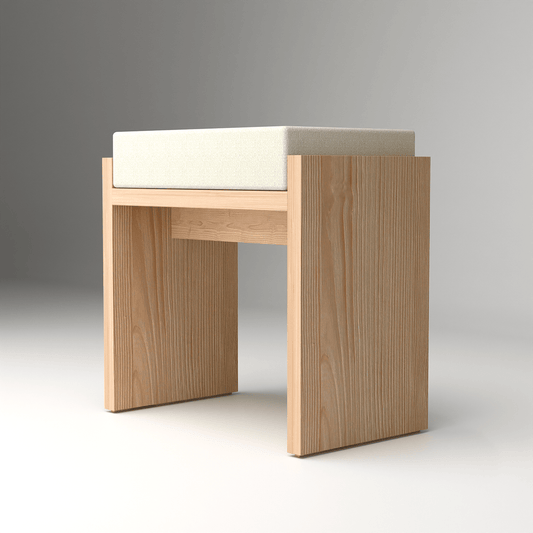In the evolving landscape of urban living, where space is limited but style is limitless, the focus is shifting toward homes that feel spacious, functional, and calming. And the secret to achieving that? Minimal furniture layouts—not just for aesthetics, but for maximum comfort.
Gone are the days when comfort was defined by how much you could fit into a room. Today, it's about how well a space flows, how easy it is to move around, and how peaceful it feels to live in. In cities like Mumbai, Bengaluru, and Delhi, where every square foot counts, minimalist layouts are not just a trend—they're a necessity.
Here’s how to create a home that feels luxuriously comfortable with just the essentials.
Why Minimal Furniture Doesn’t Mean Less Comfort
Minimal doesn’t mean empty. It means thoughtfully chosen, well-spaced, and multi-functional. It’s about creating rooms that breathe and invite relaxation—without compromising on usability or charm.
Comfort in minimal design is not about quantity; it’s about quality, flow, and ease.
Design Tips to Maximize Comfort with Less Furniture
1. Choose Multi-Functional Pieces
Opt for furniture that serves more than one purpose. Think a wooden bench with storage, a daybed that doubles as a sofa, or nesting tables that tuck away neatly.
2. Focus on Layout, Not Just Looks
Give your furniture breathing room. Avoid pushing everything against walls. Try floating a sofa with a rug under it to define space subtly without crowding.
3. Invest in Fewer, Better Pieces
Prioritise quality over quantity. One well-crafted armchair with soft upholstery will offer more comfort than three smaller, awkward ones.
4. Use Vertical Space
Instead of bulky units, use open shelves, wall-mounted cabinets, or floating ledges to keep the floor space open and airy.
5. Anchor the Space with a Soft Rug
A large, comfortable rug not only defines a zone but adds texture and warmth—without adding any furniture. It also softens noise and brings visual balance.
6. Prioritise Natural Light and Airflow
Keep windows unobstructed. Use light cotton or linen drapes. Well-lit rooms automatically feel more spacious and comfortable.
7. Keep Pathways Clear
Ensure at least 2 to 3 feet of space for walking around furniture. This improves flow and makes daily living more effortless.
8. Use Floor Seating Thoughtfully
In small Indian homes, floor cushions or gaddas can be a great minimalist option. Pair them with a low reclaimed wood table for informal, cozy settings.
Room-by-Room Minimalist Comfort Hacks
-
Living Room: One sofa + one statement chair + rug + floor lamp = elegance and ease.
-
Bedroom: Platform bed + floating nightstand + wardrobe = restful and clutter-free.
-
Dining: Compact 4-seater table + wall-mounted shelf or console = functional without bulk.


